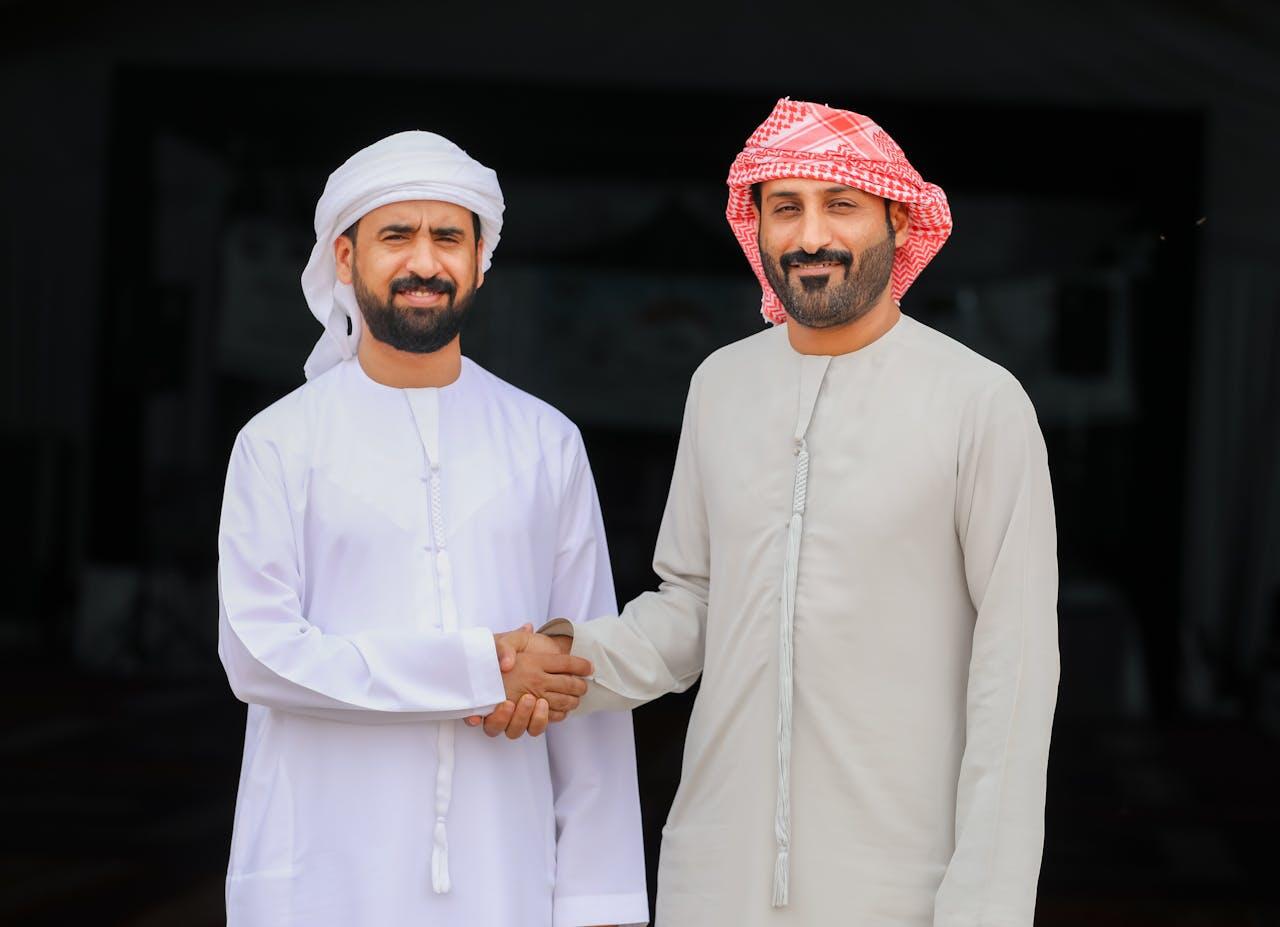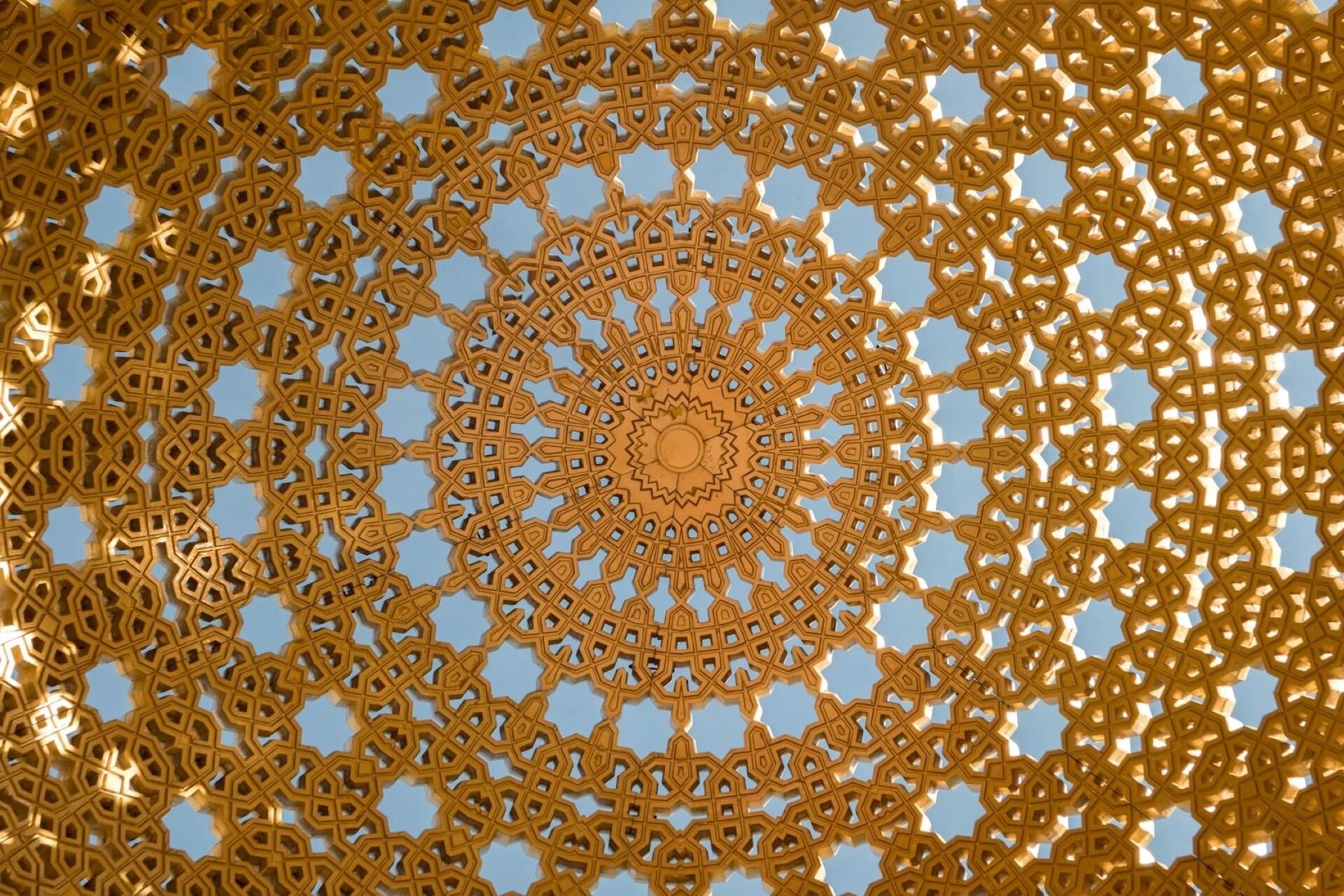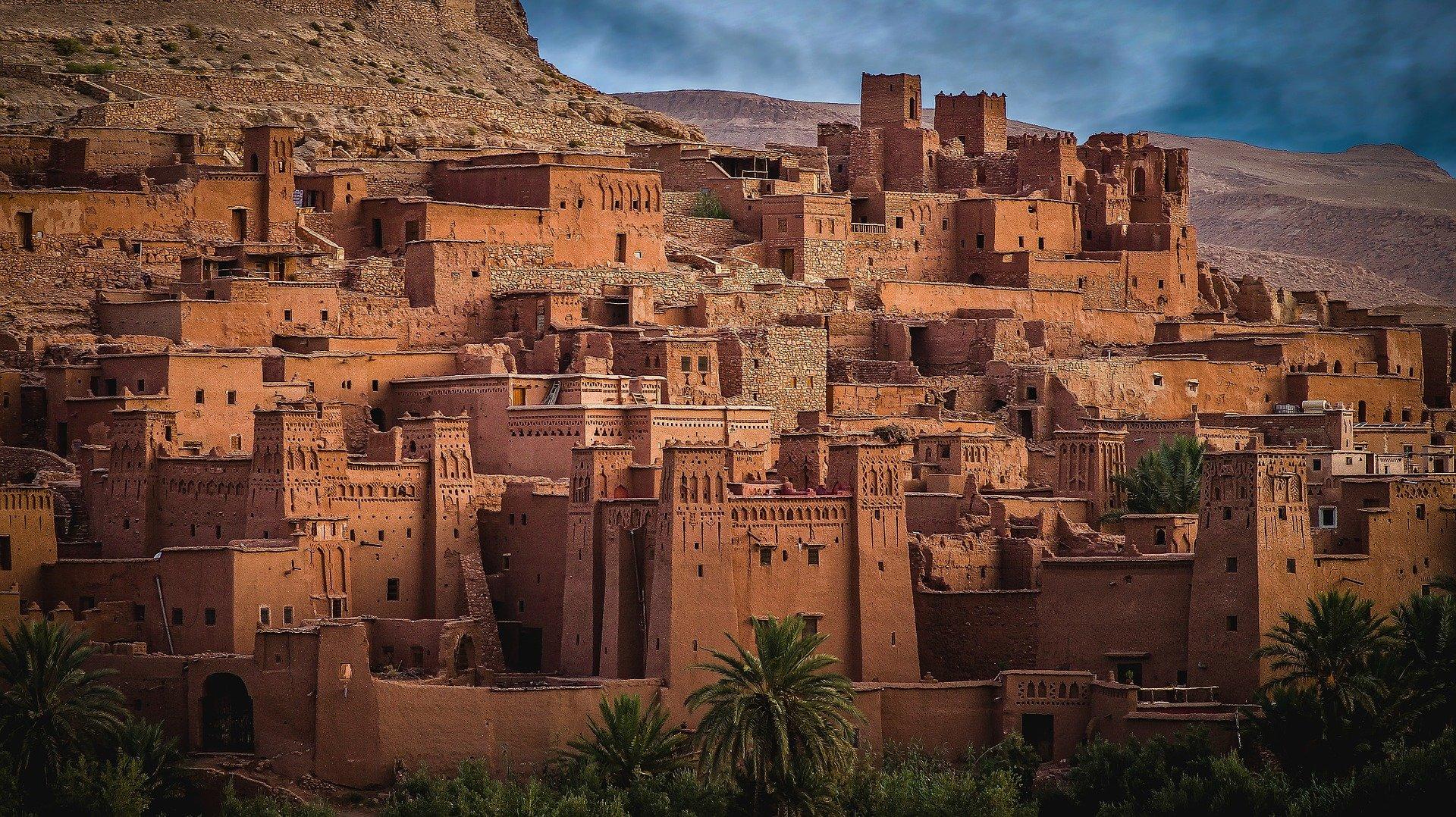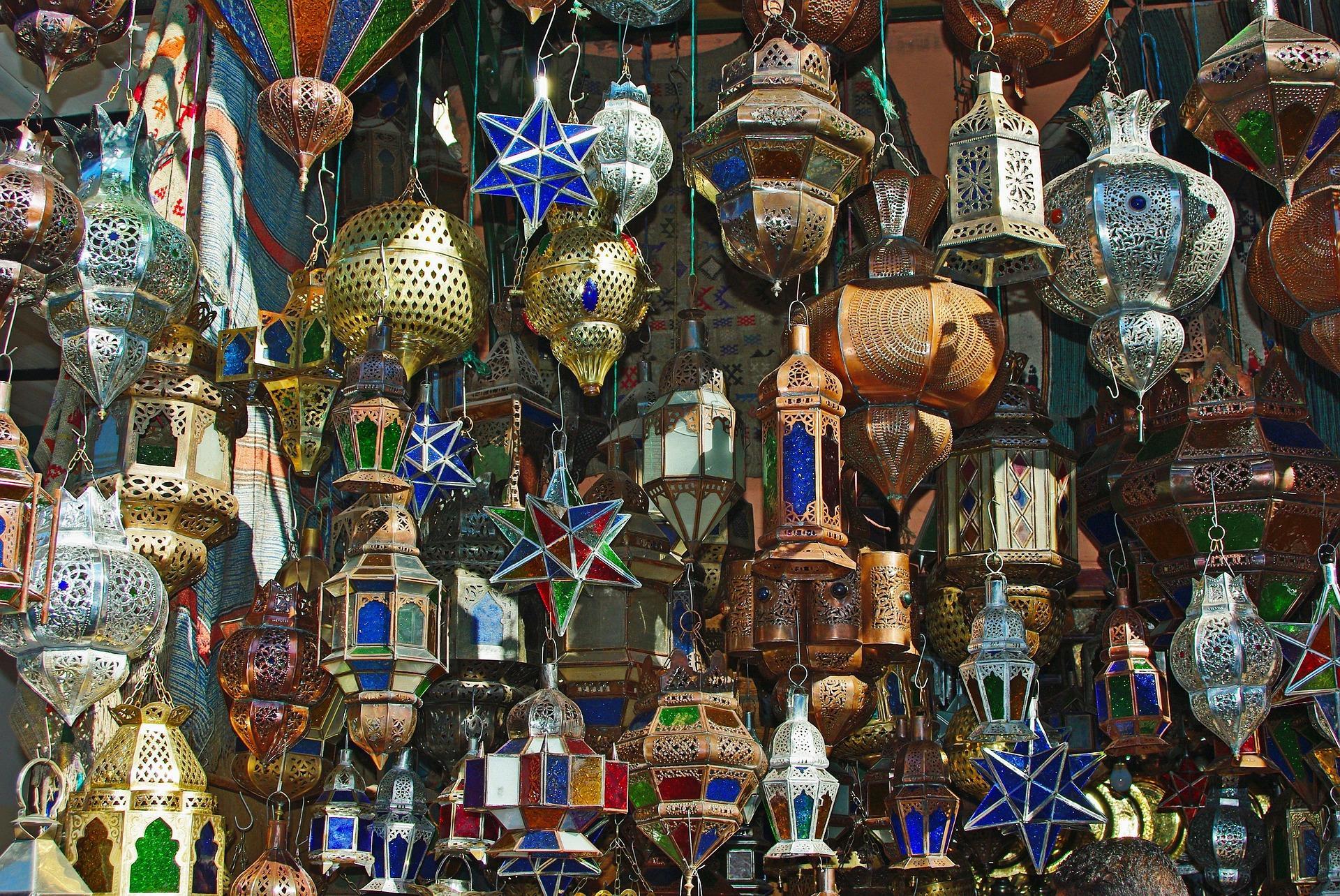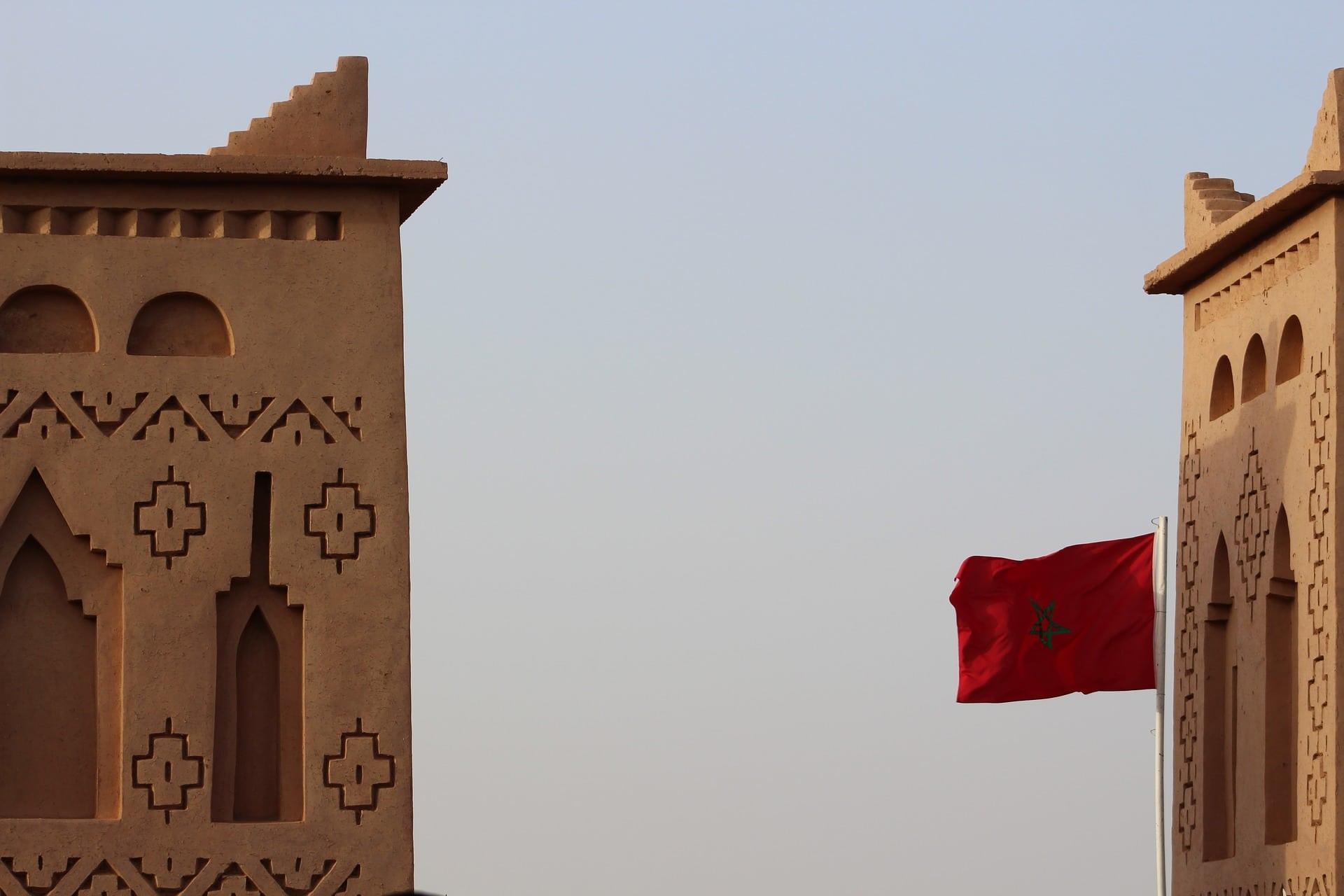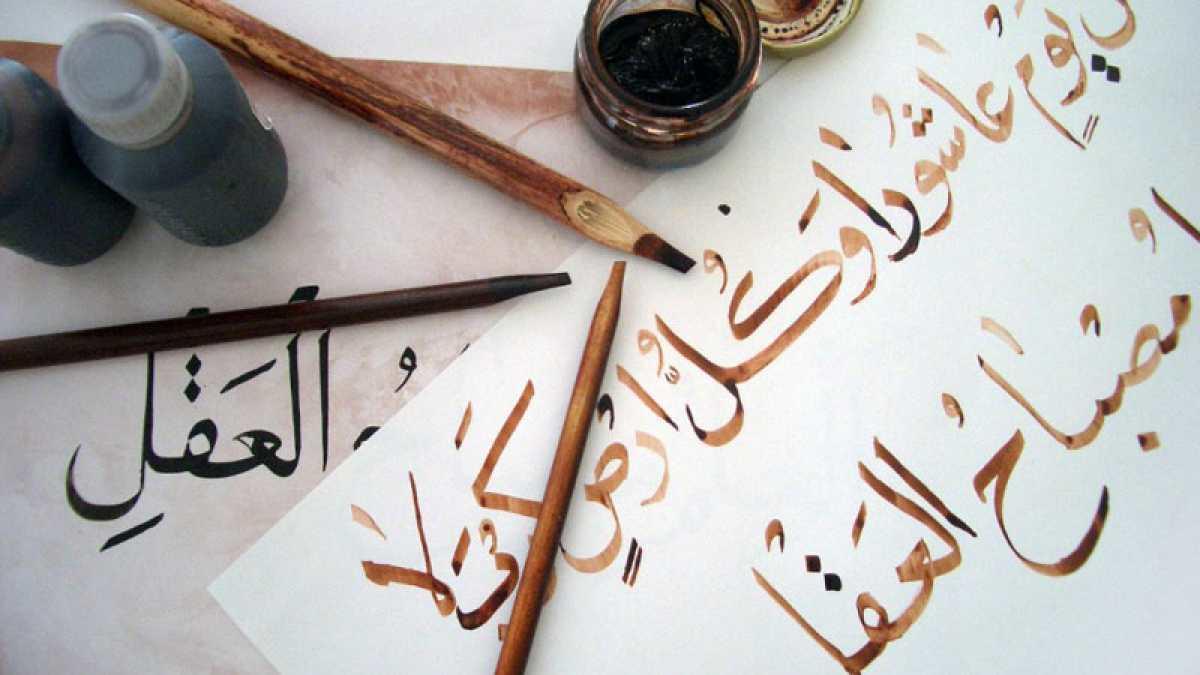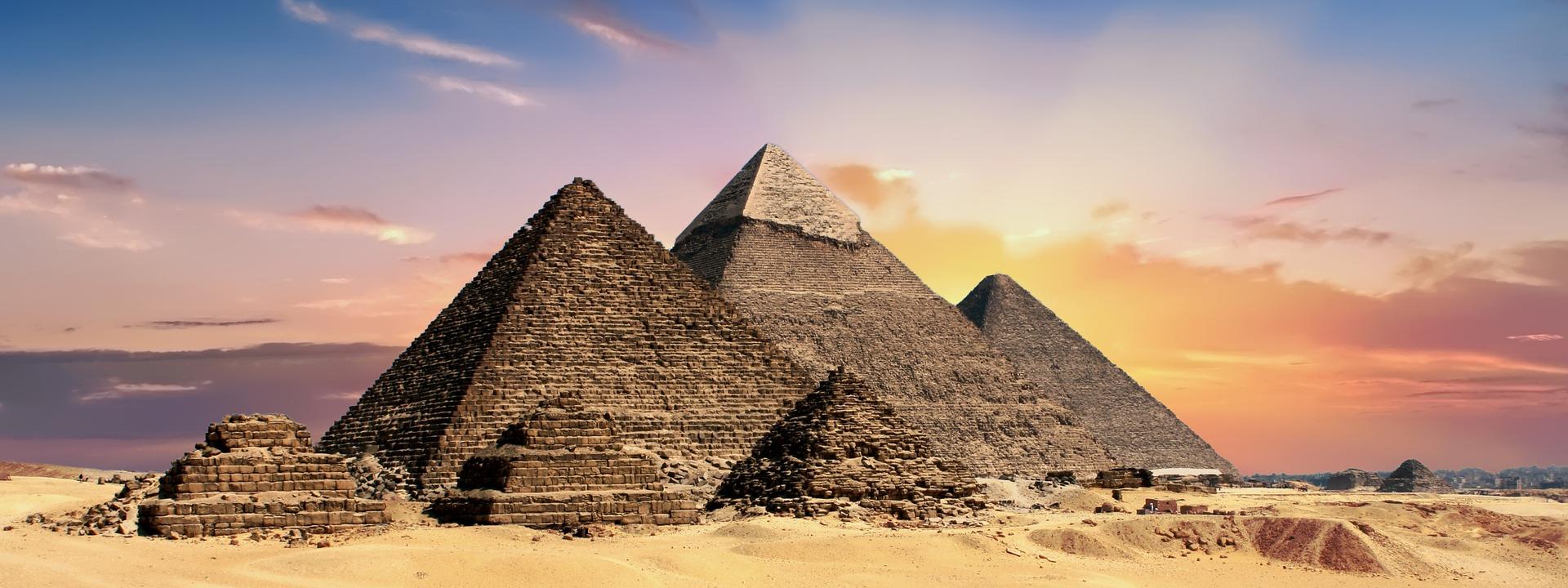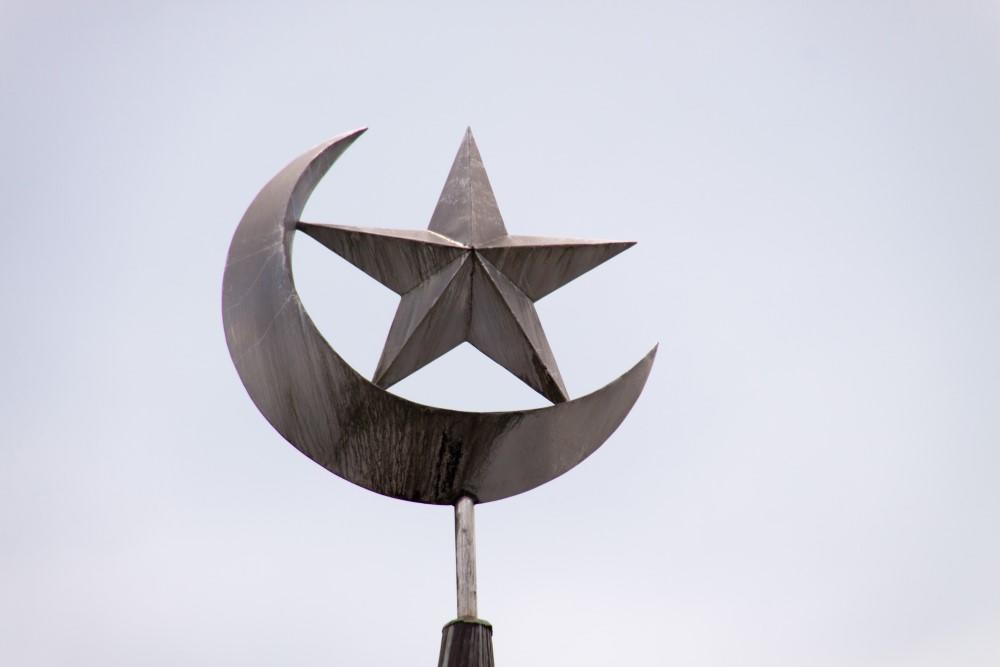Islamic celebrations are widely celebrated because of their large and growing global Muslim population and religious significance, especially in terms of fostering unity among the community, cultivating spiritual growth, and commemorating key events that shaped the history of Islam.
The two major Islamic festivals are Eid al-Fitr, marking the end of Ramadan, and Eid al-Adha, coinciding with the Hajj pilgrimage. Other significant occasions include the Islamic New Year, Ashura, Mawlid al-Nabi, Laylat al-Qadr, and Laylat al-Miraj, each commemorating pivotal events in Islamic history and spirituality. Here's a timeline outlining the celebrations according to the Islamic lunar calendar.
1 Muharram
Islamic New Year
Marks the beginning of the Islamic lunar calendar.
10 Muharram
Day of Ashura
A day of fasting and reflection observed for its historical significance.
12 Rabi' al-Awwal
Mawlid al-Nabi
Believed by many to be the Prophet Muhammad’s birth date.
1 Ramadan
Beginning of Ramadan
Celebration of the Prophet Muhammad’s birth.
27 Ramadan
Night of Power (Laylat al-Qadr)
Starts the month of fasting for Muslims.
1 Shawwal
Eid al-Fitr
Celebrates the end of Ramadan and the breaking of the fast.
10 Dhul-Hijjah
Eid al-Adha
Honours Prophet Ibrahim’s devotion through the festival of sacrifice.
Laylat al-Miraj (Isra & Mi'raj)
27 Rajab
Marks the Prophet Muhammad’s night journey and ascension.

🗓️The Islamic Calendar and Its Role in Determining Celebrations
You may have noticed that the crescent moon is a recurring symbol in many Muslim-majority countries and organisations, especially in their flags or the celebration of Islamic festivals. That's because the crescent or hilal in Arabic is a determining factor of a new month, according to the lunar Islamic calendar.
Summary of Key Islamic Celebrations
- Muharram (First month): Islamic New Year, Day of Ashura
- Rabi‘ al-Awwal (Third month): Mawlid an-Nabi
- Ramadan (Ninth month): Beginning of fasting, Laylat al-Qadr
- Shawwal (Tenth month): Eid al-Fitr (Festival of breaking the fast)
- Dhul-Hijjah (Twelfth month): Hajj season and Eid al-Adha (Festival of Sacrifice)
The Islamic calendar has 12 months and approximately 354 days. Every month has 29 to 30 days, according to the moon cycle. Many exact dates of major Islamic holidays depend on the practice of moon sighting, and their Gregorian dates shift 10 to 11 days earlier each Gregorian year.
| Holiday | Islamic Date | 2026 Gregorian Date | 2027 Gregorian Date | 2028 Gregorian Date |
|---|---|---|---|---|
| Laylat al-Miraj (Isra & Mi'raj) | 27 Rajab | January 16, 2026 | January 6, 2027 | December 26, 2027 (shifts earlier) |
| Islamic New Year (Hijri New Year) | 1 Muharram | June 16, 2026 | June 6, 2027 | May 25, 2028 |
| Day of Ashura | 10 Muharram | June 25-26, 2026 | June 15, 2027 | June 3, 2028 |
| Start of Ramadan | 1 Ramadan | February 18, 2026 | February 8, 2027 | January 28, 2028 |
| Night of Power (Laylat al-Qadr) | ~27 Ramadan | March 15-16, 2026 | March 7-8, 2027 | February 23, 2028 |
| Eid al-Fitr | 1 Shawwal | March 20, 2026 | March 10, 2027 | February 27, 2028 |
| Mawlid al-Nabi | 12 Rabi' al-Awwal | August 25, 2026 | August 14, 2027 | August 2, 2028 |
| Eid al-Adha | 10 Dhul-Hijjah | May 27, 2026 | May 17, 2027 | May 5, 2028 |
Moonsighting is traditionally done with the naked eye, but it is now aided with modern telescopes for accuracy and greater visibility. Different regions may observe the festivals on different dates due to the visibility of the crescent moon. That's because the moon may be visible in one location but not another due to geographical and weather differences (cloudy or heavy rain).
🕌 Major Islamic Festivals
First, let's review the timing, significance, traditions, and practices of the two major Islamic festivals, the Eid celebrations.
🎉Eid al-Fitr
The celebration of Eid al-Fitr falls on the first day of Shawwal, the 10th month of the Islamic calendar, marking the end of Ramadan, which is also the month of fasting. Known as the Festival of Breaking Fast, it is a day of feasting with family and friends with traditional dishes, dressing up in new clothes, and a time of devotion and gratitude. 1
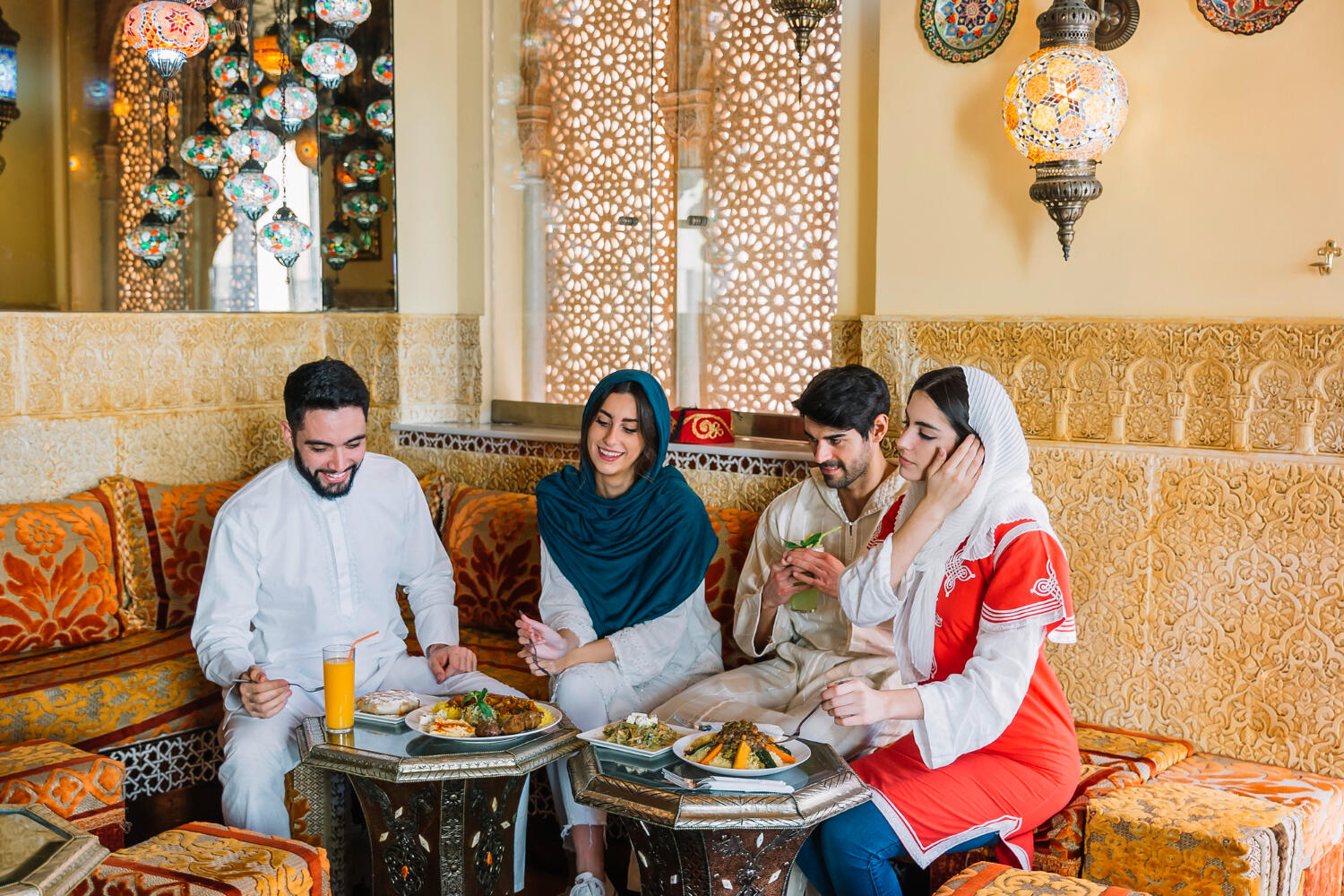
Some traditions and practices observed during this festival include the giving of zakat before the Eid prayer, Eid communal prayers at an open space or mosque, and house visitations among family and friends to exchange gifts and have meals together.
Despite the importance of fasting in Islam, it is actually forbidden on Eid, because Eid itself symbolises celebration, gratitude, and the enjoyment of God’s blessings.
🐄 Eid al-Adha
Another Eid celebration is Eid al-Adha. It falls on the 10th day of Dhu al-Hijjah (the last month of the Islamic calendar), coinciding with the Hajj pilgrimage.
This festival holds a huge significance among the Muslim community because it commemorates the obedience of Prophet Ibrahim, who was willing to sacrifice his son, Ismail, to God. Eventually, a ram became the ultimate sacrifice, and that's why the tradition of animal sacrifice (Qurbani) emerged and is now being continuously practised every year during the celebration.
After the Qurbani is finalised, the meat is then distributed among the family members, close relatives, and those in need.
Not all animals can be served as a Qurbani sacrifice. The selected animals are goats, cows, buffalo, sheep, and camels.

🌙 Observances During Ramadan
Next, let's move on to Ramadan, which is the ninth month of the Islamic calendar. Ramadan is an important observance for Muslims worldwide due to its association with the fourth pillar of Islam: Sawm (Fasting).
🌅 The Month of Fasting
The month of Ramadan is dedicated to fasting from dawn to sunset, where Muslims abstain from eating (food and drinks), smoking, or engaging in sexual activities. The spiritual significance of this practice is to help believers exercise self-control over their desires and needs and cultivate empathy for those who are less fortunate. 1
Before they begin fasting for the day, Muslims will take the pre-dawn meal (known as Suhoor) to sustain their fasting hours. They will break their fast at the designated time after sunset (known as Iftar) with red dates and water before the Maghrib prayer and have their second meal of the day. During this month, Muslims are also encouraged to devote themselves to Ramadan reflections from official Islamic societies, as well as a deeper study of the Quran. 2
O believers! Fasting is prescribed for you—as it was for those before you1—so perhaps you will become mindful ˹of Allah˺.
Surah Baqarah 2:183
🌌 Laylat al-Qadr (The Night of Power)

Another significant observance during Ramadan is Laylat al-Qadr. Known as the Night of Power, it is believed to occur within the last ten nights of the month (usually celebrated on the 27th night of Ramadan).
This day commemorates the revelation of the Quran by the Angel Jibril to the Prophet Muhammad. It is believed that engaging in charity, performing intensive prayers, and worship during this period will reap more rewards and blessings.
For instance, prayers to seek forgiveness will be answered, reading the Quran will bring on peace and guidance, and giving to others will result in multiplied blessings.
🕋 The Hajj Pilgrimage
The Hajj pilgrimage holds central importance in the Muslim faith, as it not only falls on one of the sacred months of the Islamic calendar but is also the fifth pillar of Islam. 3
🤲 Overview of Hajj
Hajj is an annual pilgrimage that Muslims make to the Kaaba, Mecca, which is known as the House of Allah. It usually takes about 5 to 6 days to complete the pilgrimage, which begins from the 8th day to the 12th or 13th day of Dhul-Hijjah.
It is considered a compulsory religious practice for every Muslim (to be carried out at least once in a lifetime) who fulfils these requirements:
One of the key rituals during the Hajj pilgrimage is the Tawaf (known as the circumambulation of the Kaaba). Pilgrims will walk around the Kaaba in the sacred mosque (Masjid al-Haram) seven times in a counter-clockwise direction. The next ritual after Tawaf is the Sa'i, where they walk seven times between the hills of Safa and Marwah, located inside the mosque.
Pilgrims also stand on the plain of Mount Arafat as a symbol of standing before Allah on the Day of Judgement, and they perform the Stoning of the Devil ritual by throwing seven pebbles at each of the three Jamarat pillars in Mina, symbolising the rejection of evil.

✨ Eid al-Adha in the Context of Hajj
The celebration of Eid al-Adha is considered the culmination of the Hajj pilgrimage because it reflects the core rituals and spiritual significance of Hajj in terms of prayers, submission, worship, and obedience.
One key thing to note: Eid al-Adha is celebrated by Muslims worldwide, regardless of whether they are participating in the Hajj pilgrimage. Pilgrims who are in Mecca during Eid al-Adha will still perform the Eid prayers.
💫 Other Significant Islamic Celebrations
Let's continue to explore other Islamic celebrations and their respective spiritual significance among the Muslim community.
🕯️Islamic New Year (Hijri New Year)
First up, we have the Hijri New Year, which marks the beginning of the Islamic lunar calendar year (1 Muharram). The Arabic word Hijri is associated with the Hijra (migration) of Prophet Muhammad from Mecca to Medina in 622 CE to escape prosecution.
This migration served as the turning point of Islamic history as this journey established the very first Muslim community. Today, it serves as a reminder of patience, wisdom, and surrender to God.
📖 Ashura
Another important event in Muharram is Ashura, which falls on the 10th day of the month. This day holds different meanings for the two main sects of Islam: Sunni and Shia Muslims.
Sunni
- Commemoration of Prophet Musa’s deliverance from Pharaoh
- Focus is mostly on fasting, prayers, and reflection
Shia
- Commemoration of the martyrdom of Husayn ibn Ali during the Battle of Karbala
- Focus is mostly on public mourning and reenactments of the Battle of Karbala
📿 Mawlid al-Nabi (Prophet Muhammad's Birthday)
The purpose of this day is to celebrate the birth of Prophet Muhammad, which falls on the 12th day of Rabi' al-Awwal (third month of the Islamic calendar).
Common traditions and practices during Mawlid al-Nabi include recitations of poetry and stories about the Prophet's life, communal meals, and charitable activities.
☁️Laylat al-Miraj (The Night Journey and Ascension)
Finally, Laylat al-Miraj commemorates the Prophet Muhammad's night journey from Mecca to Jerusalem (Isra) and his ascension to the heavens (Miʿraj). It is celebrated on the night of the 27th of Rajab, the seventh month of the Islamic calendar. 4
Common practices observed this day include:
We hope this article has offered you some insights into Islamic holidays and celebrations. If you are interested to learn more about the language behind Islamic culture, feel free to connect with an Arabic tutor on Superprof.
References
- Ramadan and Eid al-Fitr | The Pluralism Project. (n.d.). https://pluralism.org/ramadan-and-eid-al-fitr
- Surah Al-Baqarah - 183 - Quran.com. (n.d.). Quran.com. https://quran.com/al-baqarah/183
- Associated Press. (2024, June 15). What’s the Hajj, the Islamic pilgrimage, and why is it significant for Muslims? Voice of America. https://www.voanews.com/a/what-s-the-hajj-the-islamic-pilgrimage-and-why-is-it-significant-for-muslims-/7653966.html
- Islamic Blog | Lailat al Miraj : The Miraculous Night Journey of Prophet Muhammad (PBUH) | Alim. (n.d.). Alim. https://www.alim.org/blog/lailat-al-miraj-miraculous-night-journey-of-prophet-muhammad/
















